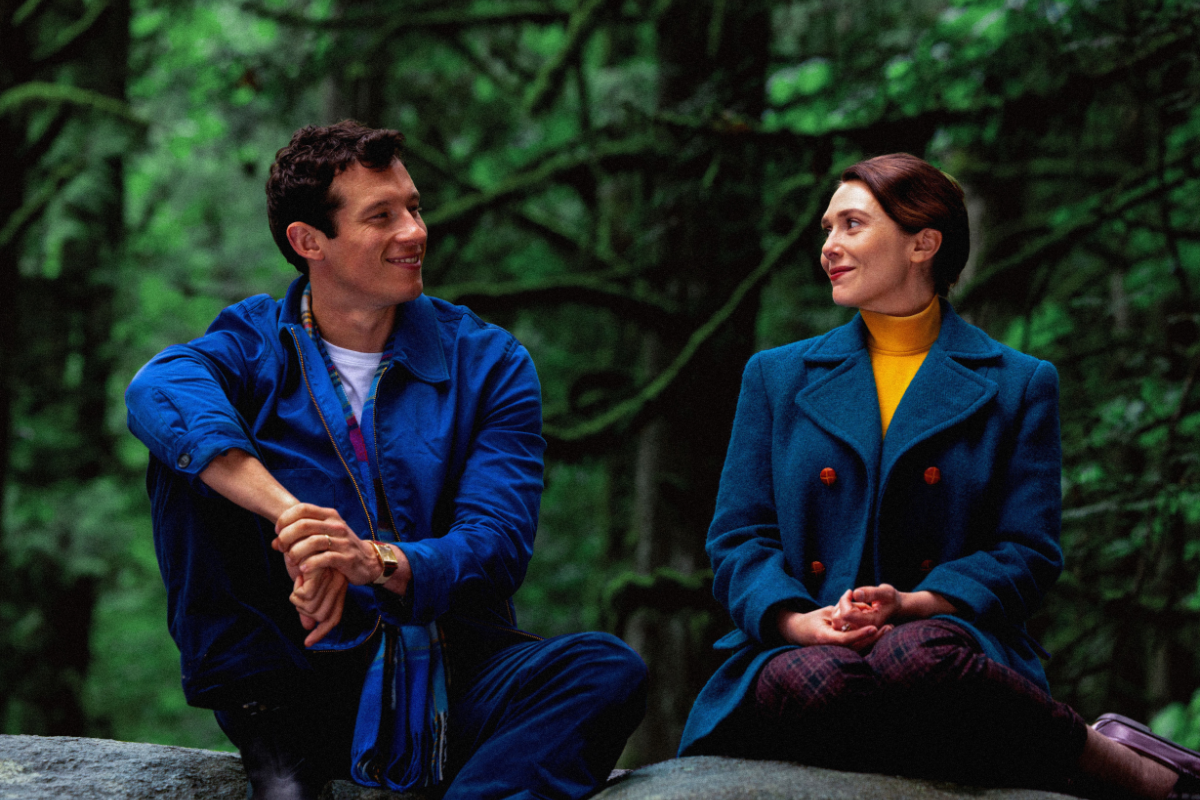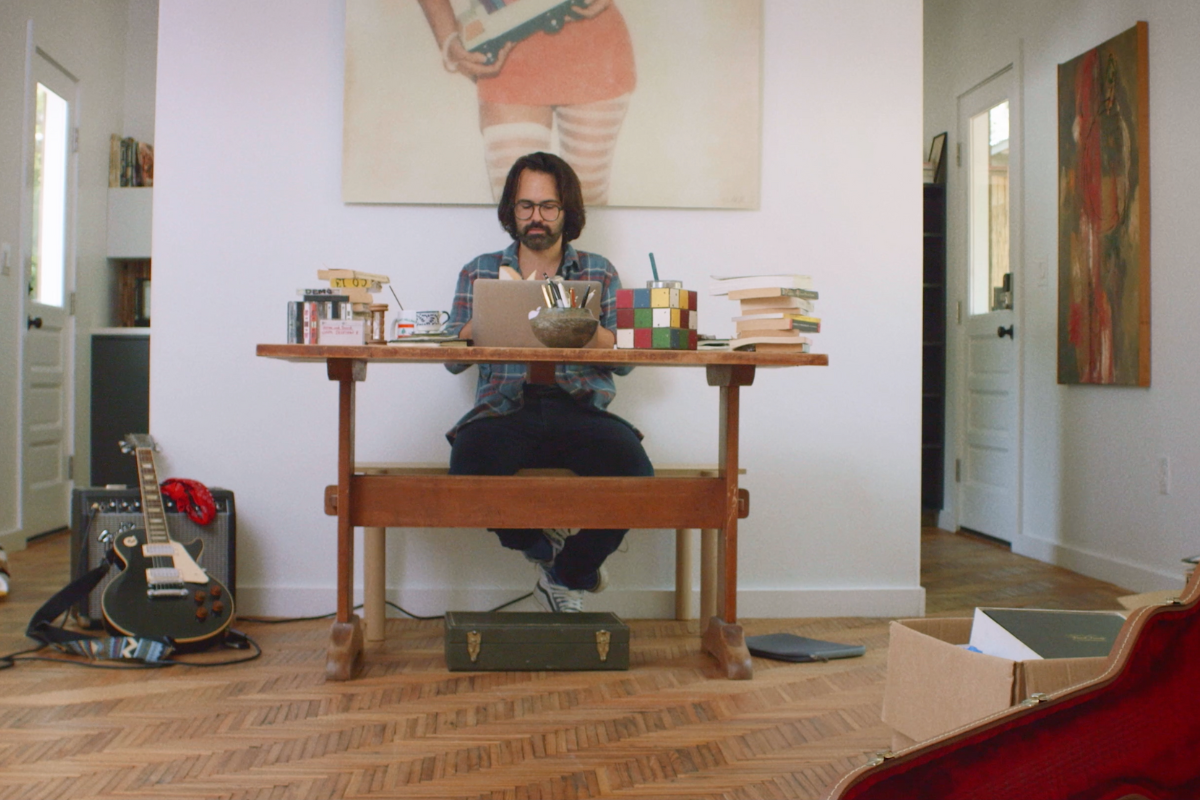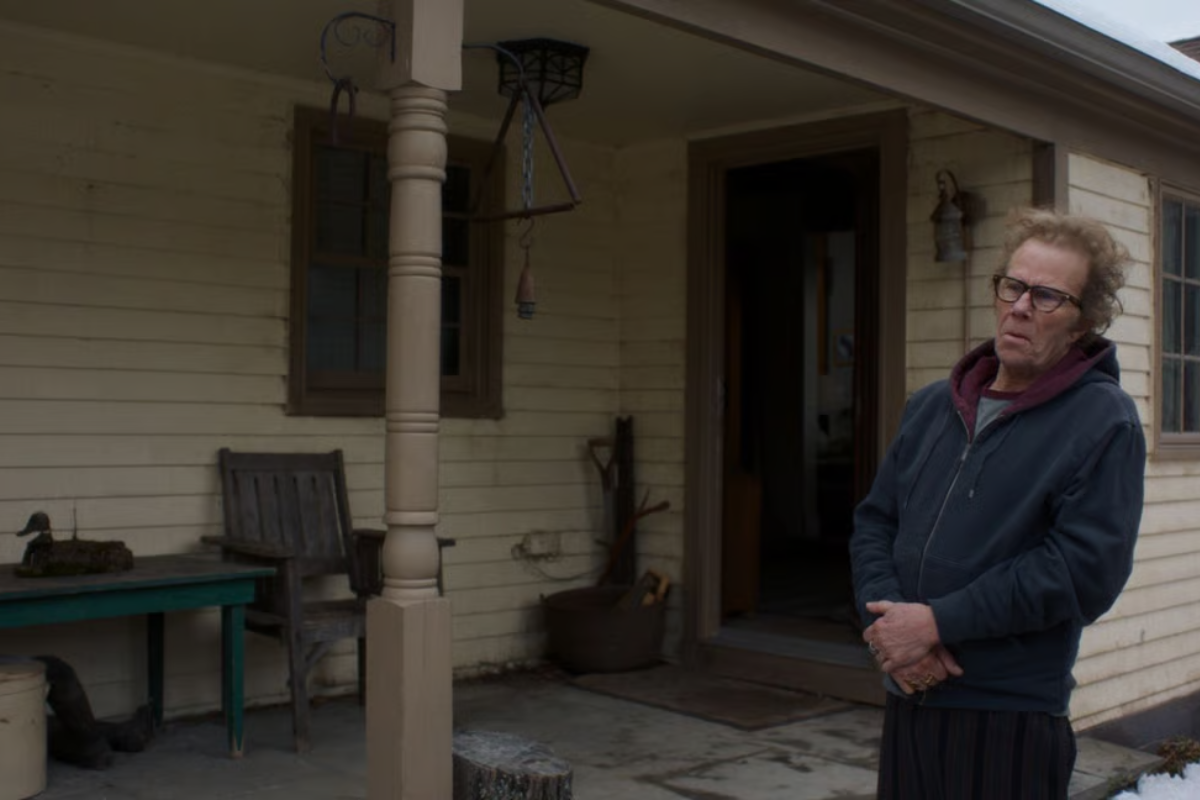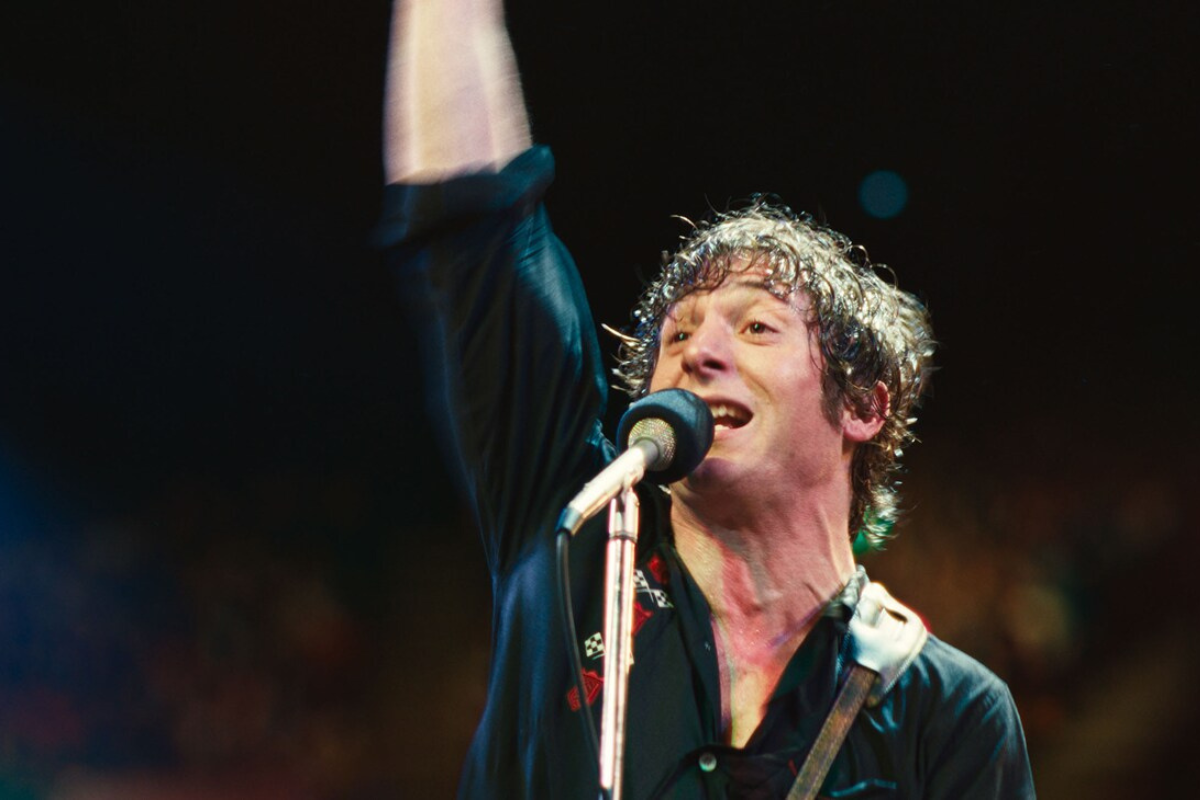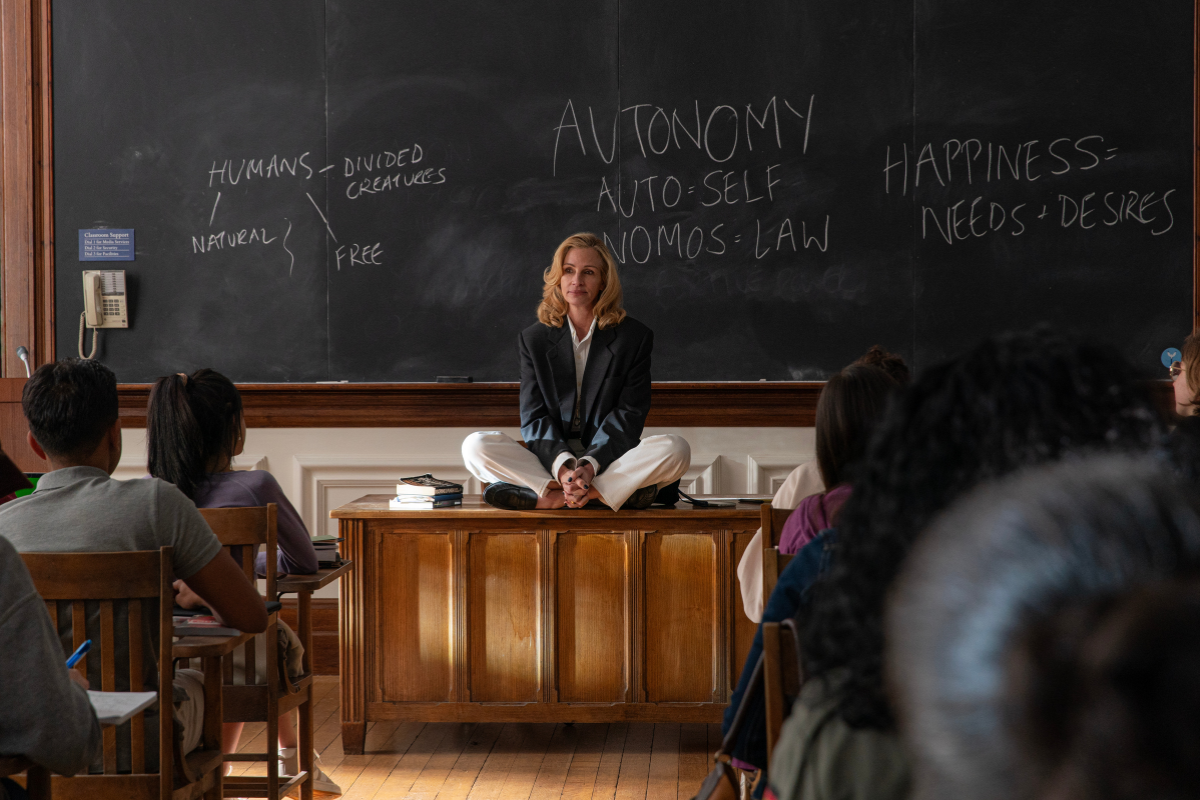Documentaries Use Scripts, Too
Most screenwriters have probably never thought twice about writing documentaries. But if you think about it, even an observational cinéma vérité style documentary needs someone to craft its story.
Documentarian Randall MacLowry notes that despite having no “talking heads,” Frederick Wiseman’s City Hall (2020) depicts events at Boston City Hall from late 2018 into 2019 in a way that tells a story of city government in action.
“Wiseman might not get a writing credit, but I would argue that you are writing because you’re shaping a scene; you would have much more footage than you could ever show in your final film, so you’re picking and choosing the bites within the material that you’ve shot,” says MacLowry, who with producing partner Tracy Heather Strain, recently completed American Oz, a documentary about L. Frank Baum for PBS’ American Masters. It premiered April 19, and streams on PBS.com starting the next day for another month.
When condensing copious amounts of information, someone has to decide which parts to present, be it to make a point, follow a theme, or depict something that occurred during filming.
That is storytelling.
“There’s a lot more commonality in writing scripted and unscripted than people would think there is, especially in historical documentaries,” says Jon Hirsch, SVP of Current Programming, Glass Entertainment Group and executive producer, director, and co-writer of the documentary series, Lincoln: Divided We Stand, which aired this spring on CNN.
“Obviously, the biggest difference is you’re not making up the creative concept of a story to tell in a fully-scripted way. You’re working within the constraints of what really happened and in the times in which it really happened,” Hirsch continues. “Writing for scripted is probably more insular in a lot of ways, whereas when you’re making a documentary you have to lean in on the people who are going to be great voices to tell these stories and bring things to life for the audience.”
Documentary filmmaker Kevin P. Miller—whose 2017 film Letters from Generation Rx was inspired by viewer feedback from his 2008 documentary Generation Rx—says every film, documentary or fiction, is an invention of the filmmaker. An invention fueled by research.
“It’s like I have millions of words swimming around in my head,” Miller says. “Getting to the point where you feel you can create a connection between all those disparate words to become a story—that’s the most beautiful thing when you break through and that happens.”
Research is the cornerstone of documentaries and scripted films alike.
“If you’re creating a total fantasy film, that’s something else, but if you’re creating a fiction film about a particular time and place you’re doing the same thing [as documentarians],” MacLowry says. “You’re doing research to understand the realities of that time.”
Research can include poring over newspapers, magazines, books, photos, newsreels, audio clips, visiting archives, interviewing subject matter experts, and traveling to locations tied directly to your subject. Pre-interviewing subject matter experts also falls under research.
“We collect all this research and organize it in a big database,” Strain says. Using keywords, categories, and tags, they comb through the data searching for threads to weave together. “We look for arcs, and we use those to create a story treatment. When we start production, that’s our template. Then the next written document we tend to create—because we’re doing historical documentaries—is this blueprint known as a paper edit.”
Yes. Documentaries require treatments, too.
Those treatments serve as a guide for writing interview questions.
“We’re making stories anywhere from one to two hours long,” MacLowry explains. “It’s about understanding and knowing how events can be used to build action within your story, within the scenes. It’s important to realize that you’re writing scenes. You want to create a scene that has an arc that within itself is a plot point or builds on the overarching arc and the storyline you’re telling through the whole film.”
When working a docu-series like Lincoln, which had six episodes, Hirsch plots out each episode within the context of the entire season.
“I’m old school. I write everything on notecards and tack them on the wall. We start arranging and rearranging them, talking through the beats and the stories that tell each part of the larger story,” Hirsch says. “From there, we create a structure of not just ‘here’s where we think it begins and ends,’ but what takeaway should be at the end of each episode to get people coming back to the next one. Then you have to look just at each episode. We know we have six acts. Where are the places we know commercial breaks are going to come? How do we want to end an act? I always want an act to end strong, but I also want to begin an act strong. You start looking at those factors and piecing it together on the board. From there, you’ve got your structure.”
Miller says his writing process is adaptive.
“You try combinations just so you can hear the power, or lack thereof, or the efficiency or effectiveness of the message. It’s an intuitive thing. I’ve already written 300 pages for a film I’m working on now—that’s just the script, I’m not talking about other people’s words—and I bet less than 10 pages come out of that, and for me a normal script for a 90-minute film is probably 55 to 60 pages,” says Miller, who doesn’t use scriptwriting software, just Word.
Strain says the scripts she and MacLowry write look similar to feature film scripts.
“We don’t have to follow the same, specific formatting conventions, but our scripts literally have visual descriptions of what one might see. We indent or in some way indicate when someone that has been interviewed is speaking. There’s a lot of freedom in how you format it,” Strain says. “We don’t do split scripts. Ours are more similar to feature scripts than an AV script. But we do divide them by acts and scenes. All of it’s there. Even page numbers.”
Hirsch prefers the split-screen format.
“Typically, we split the page down the middle, with all of our sound, voice-overs, etc… on the right, and I use the left side for all of my visual notes, notes for editors, and things like that,” Hirsch says, adding that a typical script for a one-hour episode of Lincoln averaged 30 pages in 11-point font.
Strain, a faculty member of Wesleyan University (as is MacLowry), encourages students and aspiring documentarians to watch a wide variety of films—not just documentaries—with an eye toward how they’re structured.
“There’s a value in almost deconstructing them and analyzing them,” she says. “The more you can develop your storytelling skills, the better.”
Miller believes everything is a passion project when you love writing.
“Keep that sense of curiosity and go into every subject you write about without bias,” Miller says. “If you really want to be a good writer, you have to be a good listener. You have to be able to investigate, even when it makes you uncomfortable. You have to be willing to balance emotion with facts, whatever they are.”
Learn more about the craft and business of screenwriting from our Script University courses!
Paula Hendrickson is a full-time freelance writer who has covered the entertainment industry for over 20 years as a regular contributor to Emmy, Variety, and Creative Screenwriting. Conducting and transcribing thousands of interviews—including conversations with some of film and television's top writers and producers—honed her strong ear for dialogue. Paula’s short plays have been selected for festivals at West Side Show Room (Illinois), Bonita Springs Center for Performing Arts (Florida), and Durango Arts Center (Colorado). Her monologue, The Dance, is included in Venus Theatre’s anthology Frozen Women/Flowing Thoughts (Palmetto Press, 2024). Website: HendricksonWrites.com. Twitter/X: @P_Hendrickson. IG/Threads: @Paula1Knit2


